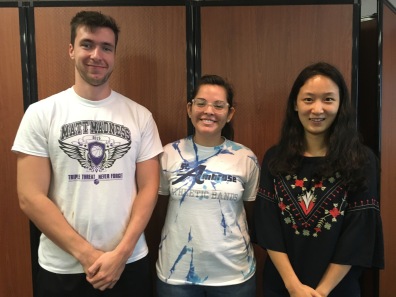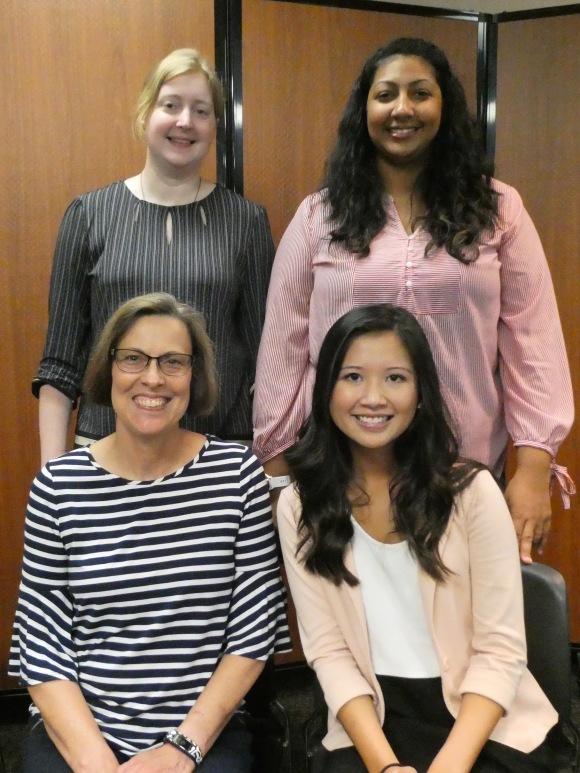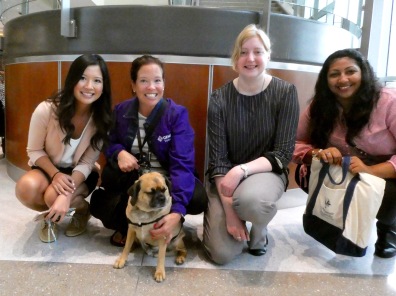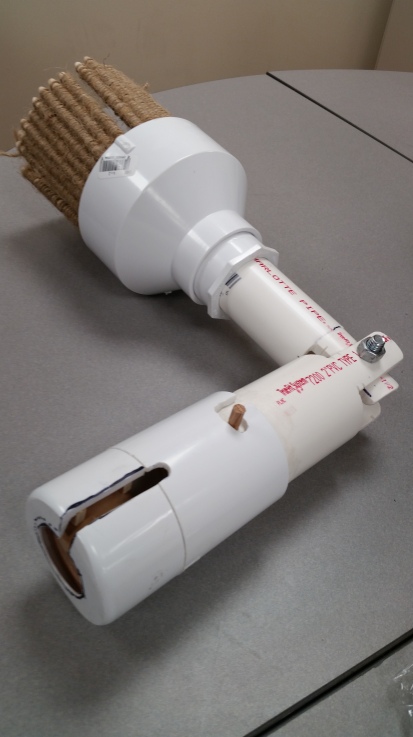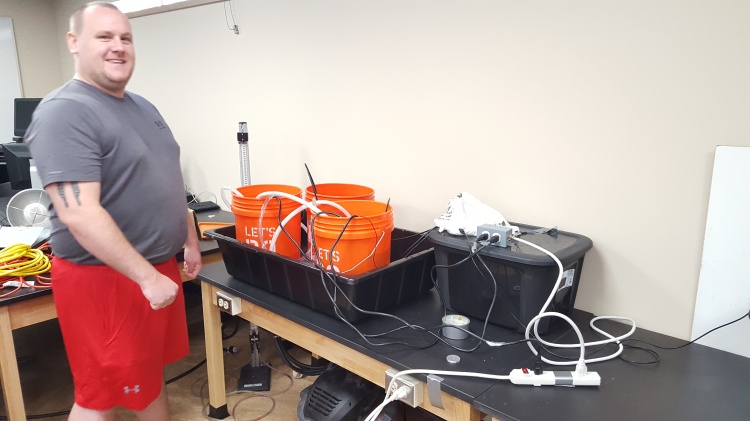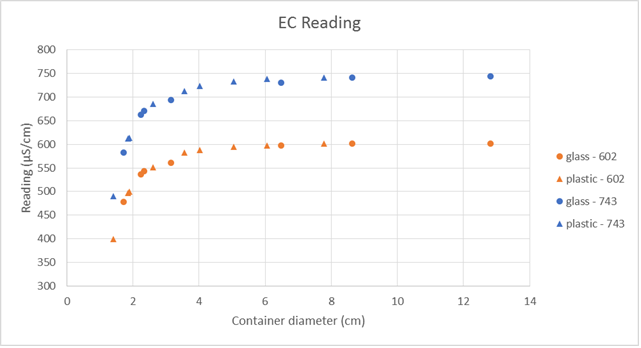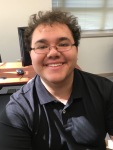We are one week into the 2018 USRI and it’s already July! We decided to push the usual start date back to accommodate some of the faculty schedules, so this year’s institute will end just as the 2018/19 academic year starts. Here are this year’s projects:
Faculty: Dr. Joe Hebert, Political Science
In his 1516 masterwork Utopia, Thomas More reports a fictional traveler’s account of a perfect commonwealth. Though sounding like “Good Place,” Utopia means “No Place,” and More, speaking as a citizen and statesman of England, declares many of its purported institutions “absurd.” Holding the Socratic views that the common good of society depends on personal and civic virtue, and that virtue must be freely chosen, More doubts that institutional constraints (which depend upon coercion) can produce a perfect society. Modern political philosophers, rejecting this Socratic understanding of virtue, have deemed themselves more “realistic” about human nature; yet this rejection of virtue and the limits it places on institutional power has led many of them to embrace visions of a seemingly “utopian” society brought about by systems of technological and bureaucratic control. In this project, we will consider More’s Utopia in light of its classical predecessors and modern successors. Students will read, write, and present on common readings while completing a paper on a relevant research question.
Faculty: Dr. Robert Mitchell, Physics and Engineering
This project uses the Expanding Photosphere Method (EPM) to compute the distances to supernovae from the temperature and ejection speed of the supernova debris. Temperature is calculated from the color photometry, while speed is determined from the Doppler shift in the spectrum.
EPM assumes the supernova is a perfect blackbody radiator, therefore a flux dilution factor must be determined to account for the supernova not being a true blackbody. Currently, this can be empirically determined only for Type II-P supernovae. In part, this project will test EPM and the existing dilution factor calculations for other types of supernovae. If new methods for determining dilution factors are needed, we will investigate how to derive them.
If students do not already have prior experience, they will be introduced to MATLAB, the code used for graphing spectra and performing the bulk of the EPM calculations.
Faculty: Dr. Joe Hebert, Political Science
In his 1516 masterwork Utopia, Thomas More reports a fictional traveler’s account of a perfect commonwealth. Though sounding like “Good Place,” Utopia means “No Place,” and More, speaking as a citizen and statesman of England, declares many of its purported institutions “absurd.” Holding the Socratic views that the common good of society depends on personal and civic virtue, and that virtue must be freely chosen, More doubts that institutional constraints (which depend upon coercion) can produce a perfect society. Modern political philosophers, rejecting this Socratic understanding of virtue, have deemed themselves more “realistic” about human nature; yet this rejection of virtue and the limits it places on institutional power has led many of them to embrace visions of a seemingly “utopian” society brought about by systems of technological and bureaucratic control. In this project, we will consider More’s Utopia in light of its classical predecessors and modern successors. Students will read, write, and present on common readings while completing a paper on a relevant research question.
Faculty: Dr. Yunye Shi, Physics and Engineering
Energy use continues to increase as the world population grows and more countries industrialize which brings great interest in alternative energy resources which are cost effective, renewable, and environmentally friendly. Biomass, a carbon neutral resource, is both renewable and produces minimal pollution when used to generate electricity, fuel vehicles, and provide heat for industry.
There are two main conversion routes for biomass utilization – thermochemical conversion and biochemical conversion. The current study will look into the technical and economic feasibility of biogas and biofuel production based on the thermochemical conversion route which includes direct combustion, pyrolysis and gasification. The methodology will then be used for a case study for biomass usage and municipal solid waste (MSW) energy recovery in the quad city area. In utilizing bioenergy, supply challenges (e.g., low energy density and bulky) and processing technology challenges (e.g., unwanted byproduct) are the major barriers that prevent using solid biomass to produce bioenergy. In addition, product market prices, competing product market prices and harvest cost can significantly affect biomass availability and supply cost which are the biggest constraints to widespread use of solid biomass for bioenergy commercialization.
Techno-economic modeling targets on the bio-products supply chain. The process is evaluated by assessing each component including material growth, material collection, material pretreatment, conversion process, and post-product treatment. There is an essential need for such research to evaluate the sustainability of current technologies and to identify potential future directions for cost effective development of conversion technology for biomass-to-bioenergy supply chains.
Faculty: Dr. Katie Trujillo, Psychology
The main purpose of the current study is to determine whether therapy dogs can reduce the stress levels of family members of surgical or cardiac patients (they share a waiting room at Genesis East) while they are waiting for him/her to be done with their surgery or procedure. If it does, then the therapy dogs could be scheduled to visit waiting rooms in addition to patient rooms.
Secondary purposes include determining if physiological measures of stress are useful in this context. Physiological measures—in this case pulse rate—can indicate the level of a person’s anxiety. The advantage of using pulse rate over self-report measures is that it is quick and easy. However pulse rate can be influenced by factors other than anxiety including the individual’s current level of activity and caffeine consumption. Therefore it’s possible that well-established self-report measures may be more reliable than pulse rate. Self-report measures take longer to complete, so it is useful to explore the value of both types of measures. A final purpose is to determine if general attitudes towards pets play a role in determining how effective therapy dogs are in reducing stress. If attitudes towards pets do play a role in determining how effective therapy dogs are in reducing stress, then some people may benefit more from therapy dog visits than others.
The hypothesis is that immediate family members of patients who are waiting for their loved ones to be done with surgery or a cardiac procedure will experience lowered stress levels as a result of interacting with a therapy dog. We are planning to test our hypothesis experimentally by using one control condition and one experimental condition. The factor that will differ in control and experimental conditions is the point at which the therapy dog interaction occurs. The therapy dogs used in this study will be the ones that are already part of the established therapy dog program at Genesis East.
Faculty: Dr. Jodi Prosise, Physics and Engineering
Description coming soon!!!
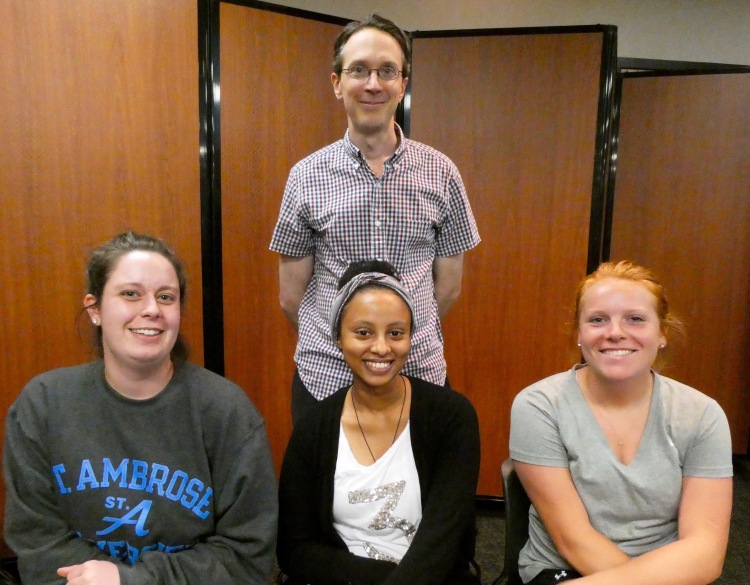 Hannah Izer, Delina Tesfamichael, and Morgan Twing, under the mentorship of Dr. Joe Herbert, Political Science Professor, set out to address the following questions:
Hannah Izer, Delina Tesfamichael, and Morgan Twing, under the mentorship of Dr. Joe Herbert, Political Science Professor, set out to address the following questions: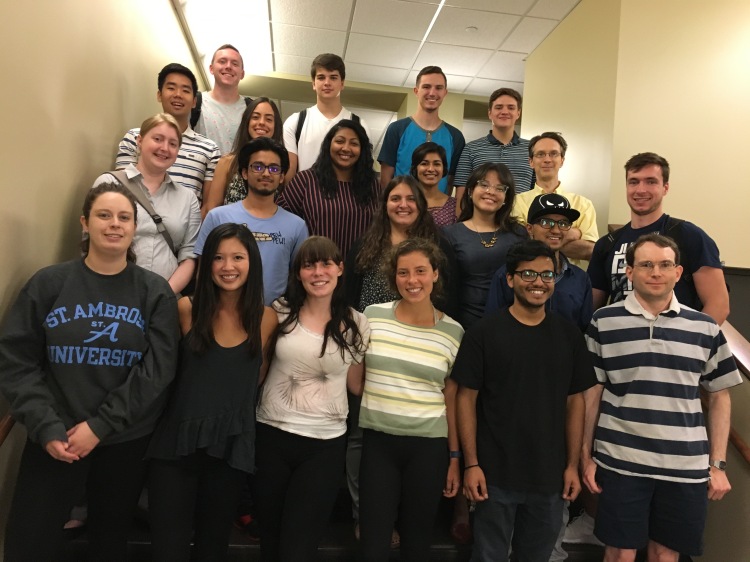 The idea was for each student to hear about everyone’s projects in a one-on-one encounter using 3 Powerpoint slides to encapsulate the main ideas. As the pictures show, it was engaging and enlightening for everyone!
The idea was for each student to hear about everyone’s projects in a one-on-one encounter using 3 Powerpoint slides to encapsulate the main ideas. As the pictures show, it was engaging and enlightening for everyone!
























